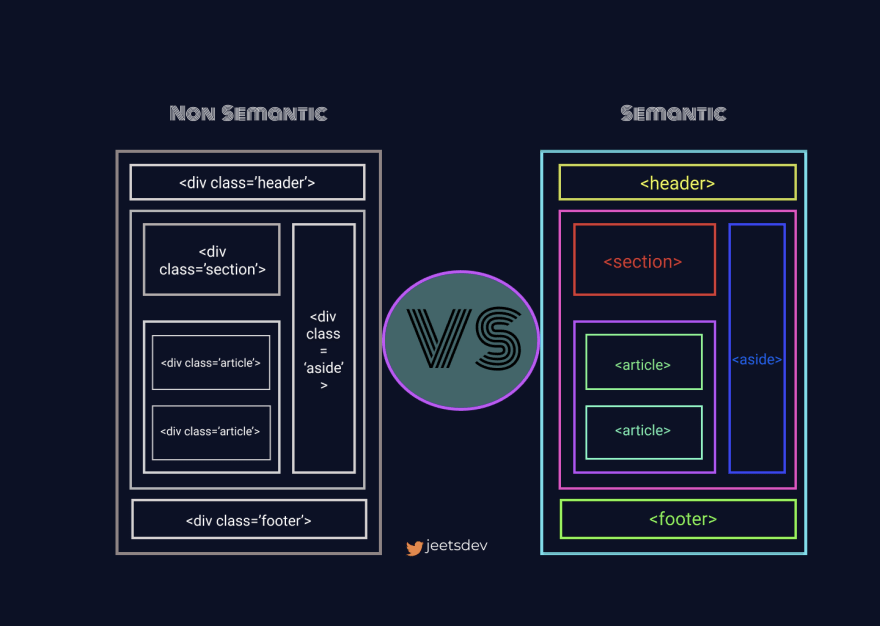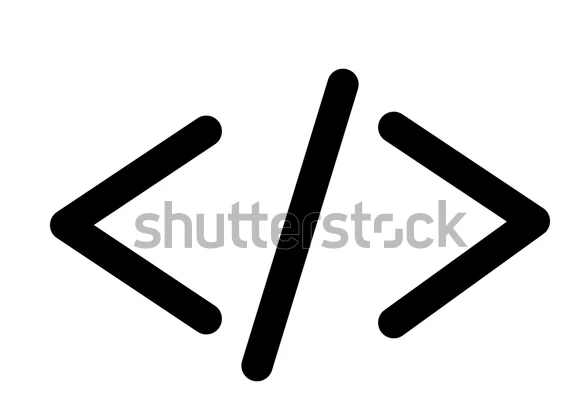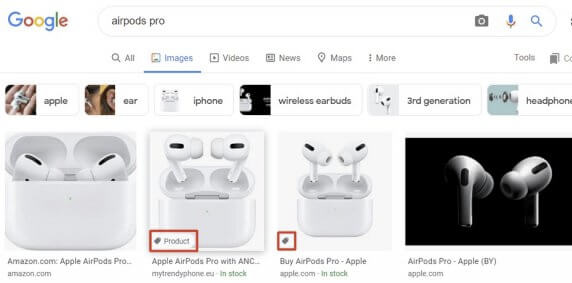9 Brand New Semantic Markup Tips To Add To SEO Checklist

If you want search engines to locate, highlight your content, and make them stand out during each result, then SEO semantic markup is the key. Like everything else in SEO, quick and easy access to information is critical for search engines. Thus, using semantic markup, you are refining the pages and giving the search engines indications on specific sections. If the search engine finds your content easy to index, the chances of your content ranking high increase drastically.
Defining Semantic Markup

In simple words, semantic markup is indexing a document with details about the actual content structure. Using semantic markup is considered a best practice for SEO purposes. Search engines engage with the semantic markup, understand the structure and context of the document and prioritize its search results accordingly.
In layman’s language, semantic markup uses HTML tags to let search engines know what exactly a specific piece of content is about. Without semantic markup, search engines take longer to understand your content because they don’t read like humans. Semantic markup helps search engines index content speedily and accurately.
SEO Semantic Markup
For SEO, content is the single most valuable thing. Utilizing and understanding the semantic markup in SEO ensures that your content reaches the target audience. Search engines give keyword importance as per their placement in the semantic HTML hierarchy. Semantic HTML helps search engines rank your content based on the most meaningful and relevant content.
For example, keywords in <h1> tag are always given preference over those in <p>. By placing your most important keywords in h1, you are informing the search engines what your content is about.

SEO semantic markup considers the headings, lists, page sections, navigation, headers, and paragraphs while moving content high in searches. SEO semantics is a much more structured approach to SEO strategy. Using SEO semantic markup, you add context to your content. The informative description will drive more users to your page, and increase visibility.
Semantic markup SEO is the task of optimizing your entire content instead of just a keyword. In simple language, semantic markup SEO puts a structure to your content and ensures that search engines understand it. Semantic markup is crucial for SEO as it:
- Improves E.A.T (Expertise, Authoritativeness, and Trustworthiness)
- Improves search results
- Consolidates data
Semantic markup ensures search engines understand the meaning of the search and do not just look for matches literally. It helps understand the user’s intent and then answer the query accordingly. Semantic search helps people who are searching for specific information. The algorithms help figure out the more relevant results in any given context.

9 Semantic Markup Tips For SEO Checklist
1. Authorship markup
Authorship markup offers you credit for creating a specific piece of content. If you are involved in writing blogs, authorship markup helps the search engine decipher that you have created multiple content from different sites. Sometimes next to the search result, it also shows “more by XX (author’s name)”.
2. Article markup
This can be added to articles or blogs. Article markup can be of various types, like a news article, a blog post, a report, a scholarly article, a tech article, and so on. Article semantic markup allows the search engine to understand your content better. Preferred in the SEO checklist, the article markup can increase your chances of ranking high in searches.
3. Other schema markup
The primary function of schema markup is that it allows search engines to understand your content better. This leads to better traffic. Schema markups help power rich snippets, which in turn have higher clickthrough rates during searches. Schema markups highlight features like rating, site navigation, etc.
4. Product markup

The Product Markup helps in improving the appearance of search items. This SEO semantic markup is highly recommended if you have an e-commerce website. The search engine will award you a “Product” badge in Images if you apply a product schema. This will help you stand out in SERPs and encourage users to click on the image.
5. Breadcrumb markup
This semantic markup shows users the existing page and its relevancy to previous pages. Breadcrumb markup keeps track of users’ location and enables them to easily return to their first or last pages. Breadcrumbs markup not only improves the page’s appearance but also results in more clicks on your page.
6. Video markup
As per the SEO checklist, this semantic markup is one of the most eye-catching. If your video is on YouTube or you have shared a video from another site, you can use it to mark up your page and rank in search results.
7. Geotags and local business schema

For a brand, using local business schemas and geotags is critical. For this to be effective, ensure your contact information, geo-coordinates, niche of your business, and other data are marked up. This is mostly added to the homepage, Contact Us, or About Us section. As this helps establish your business details, it is useful for a small or local business online.
8. Mark testimonials
Using reviews and testimonials as semantic markup SEO will increase not only your brand’s reputation but also the search results. In your SEO checklist, ensure your testimonials are tagged with keywords for better effectiveness.
9. Event markup
In SEO semantic markup, event markup can boost the visibility of a particular event. A sale, special promotional offer, or discount is not considered an event by search engines. For an event to qualify, it must meet these criteria:
- Happen on a specific future date
- The event name should not display any pricing or promotional offer
- Mention a specific location
Creating content has no value unless it is optimized for search engines for relevance. The basics of semantic markup SEO involve adjusting your pages so that search engines can read and optimize your content properly. To rank higher in SERPs, it is important to change the perspective of structuring the data.
Semantic markup will always benefit search engine optimization if implemented well.
Semantic markup in the SEO checklist is considered a part of the technical strategy. If your semantic markup is clear and concise, it makes search engine crawlers’ work easy and obvious.
FAQs
Semantic keywords are like the original keyword that provides search engines with a better understanding of the topic. Semantic keywords ensure search engines rank the page accurately.
Semantic tags make the content more comprehensible to search engines. They define the sections and layout of the content better. It helps search engines interpret the content better.
Semantic SEO provides meaning and depth to a web page.
It helps search engine crawlers better understand and evaluate your content and promote it in the SERPs.
Semantic search understands the user’s intent, conceptual meanings, context, and query and matches it to the relevant content.
Latest Blogs
Explore how Google’s 2025 AI search updates triggered ranking chaos. Learn actionable strategies to adapt your SEO for AI Overviews, zero-click searches, and SERP volatility. Stay ahead now.
Learn how to rank on AI search engines like ChatGPT, Perplexity, and Gemini by optimizing your content for authority, structure, and relevance. Stay ahead in AI-driven search with this strategic guide.
Explore the best healthcare SEO services for your medical practice. Improve online visibility and effectively reach more patients in need of your services.
Get your hands on the latest news!
Similar Posts

Content Analytics
8 mins read
Google I/O 2025: AI Search Shake-Up & Ranking Volatility

SEO
5 mins read
Top 10 Agencies for Banking and Financial SEO Services Industry

SEO
4 mins read